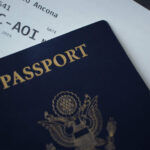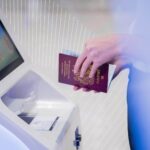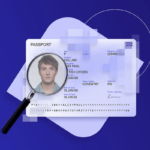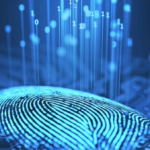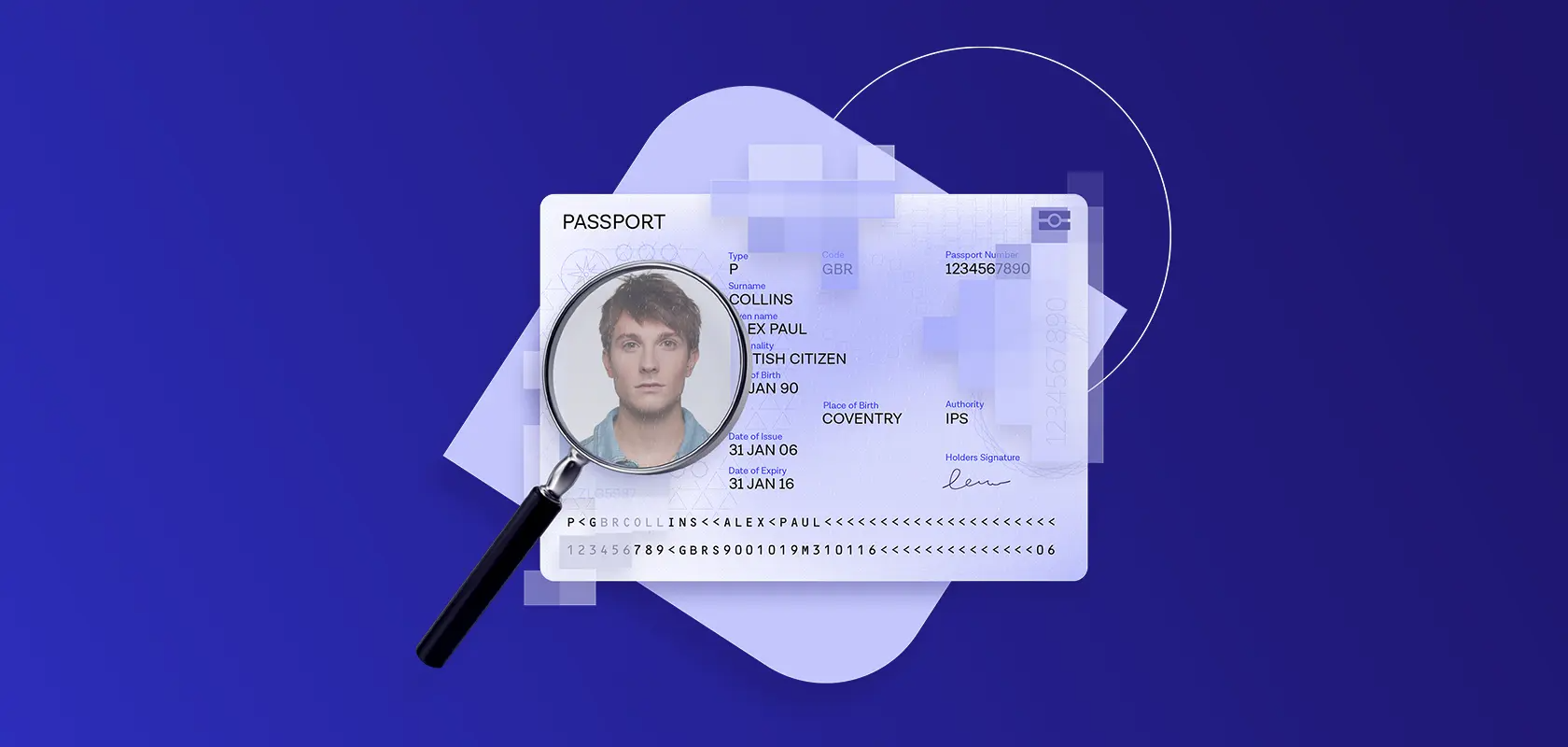
The importance of secure travel documents cannot be overstated. The rise in counterfeit passports and identity fraud poses significant challenges to national security and personal safety. To combat these threats, border control agencies and law enforcement have been continuously enhancing their techniques to detect fake passports.
The Power of Machine Learning
Modern technology has ushered in a new era of passport authentication, employing machine learning algorithms to sift through vast amounts of data quickly and accurately. Machine-learning models can identify patterns and anomalies, enabling officials to spot even the most convincing counterfeits. These models learn from historical data, continually improving their accuracy as they encounter new variations of fake passports.
The Nuances of Microprinting
Passport designers use the fascinating technique of microprinting to include tiny, intricate patterns that are nearly impossible to replicate using conventional printing techniques. These microprints are often hidden within the passport’s design and require specialized magnification tools to detect. Counterfeiters may struggle to recreate these minute details accurately, making microprinting a powerful ally in the fight against fraudulent travel documents.
The Art of Holograms
Holograms have long been used as a security measure on various official documents, and passports are no exception. These three-dimensional images incorporate light and motion, making them exceedingly challenging to reproduce with precision. Advanced holographic technology continues to evolve, offering ever more sophisticated features that:
- enhance passport security,
- identity,
- and confound counterfeiters.
Ultraviolet (UV) Fluorescence
Border control officers often use UV light to uncover forged passports. Many legitimate passports contain invisible UV-reactive elements that become visible under UV light. Counterfeiters may find it exceedingly difficult to incorporate these elements into their replicas accurately.

RFID Technology
Radio Frequency Identification (RFID) chips have revolutionized passport authentication. These chips store critical biometric information and facilitate quick and secure identity verification at border crossings. The data on RFID chips can be cross-checked with a central database, allowing officials to quickly verify the authenticity of the passport and the traveler’s identity.
Watermark Wonders
Watermarks have a long history as a security feature in currency and official documents, including passports. By varying the opacity of paper during the manufacturing process, intricate watermarks are created, adding an additional layer of protection against counterfeiting. Watermarks are easily distinguishable when held up to the light, serving as an elegant yet effective means of detecting fake passports.
Document Verification Apps
In the digital age, smartphone apps are becoming valuable tools for passport authentication. Specialized apps can use the phone’s camera to scan and verify passport information, cross-referencing it with a secure database. These apps empower travelers and businesses to conduct on-the-spot checks, ensuring greater security and peace of mind.
toto slot toto slot slot gacor hari ini monperatoto login syair hk malam ini situs toto slot slot 4d slot resmi slot gacor situs slot terbaik toto slot daftar slot gacor situs slot gacor toto slot situs toto terbesar slot resmi 4d situs gacor slot resmi 4d situs gacor daftar situs gacor toto slot situs gacor terpercaya slot resmi 4d situs slot terbaik cabe4d situs gacor hari ini situs slot toto slot toto slot prediksi hk slot gacor gampang menang slot 4d rtp slot gacor slot gacor situs gacor hari ini situs slot gacor toto slot toto slot toto slot toto slot situs toto link slot gacor slot gacor